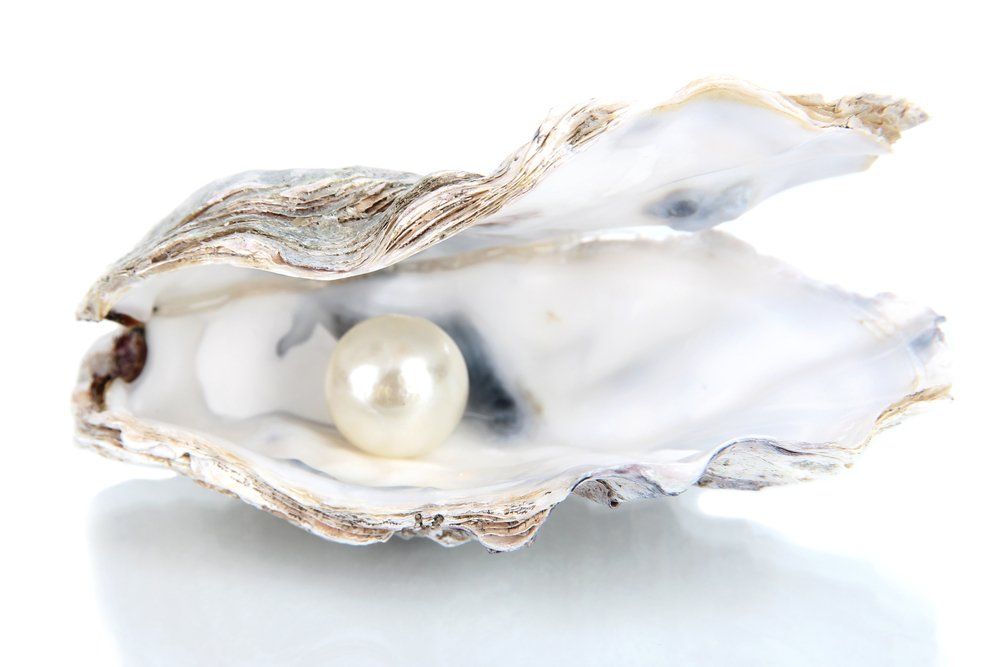Pearls have been considered as an image of style and class for quite a long time. The maharajas and the European rulers decorated themselves with pearls, as an image of their renown.
Marie Antoinette's accessory was the most expensive pearl at any point sold. It was sold for $32 million of every a 2018 closeout.
There are a few factors that decide the estimation of a pearl. Tom Moses is a gemologist in Gemological Institute of America. He says that piece of the reason, Marie Antoinette's pearl worth is so much since it's a characteristic pearl. Which brings us one quality decides pearl's worth.
Natural Pearl versus cultured pearl
Natural pearl
Common pearls structures when some sort of aggravation, typically a little living being, advances into the shell of a mollusc. To shield itself from the trespasser, the molluscs begins to coat the garbage with nacre, a similar material that lines it's internal shell.This stays to be done, and the aggravation turns into a sparkling pearl. Common pearls are elusive. They are uncommon, and this gets them worth more cash-flow.
Cultured pearls
Refined pearls are shaped by a similar procedure, yet rather than little living being entering the shell inadvertently, it's put there purposefully by a human. Pearl ranchers embed a bit of mollusc tissue, which is called giver tissue, into the shell of the clam where they you need the pearl to develop. This triggers the shellfish's barrier reaction, and it begins covering that bit of tissue with nacre.

By far most of pearls in the market are refined pearls.
In 1893, the Japanese-conceived kokichi mikimoto streamlined the procedure of development of refined pearls. What's more, in the long run made immaculate round pearls.
By the 1920's, refined pearls turned out to be all the more economically accessible, which made them increasingly reasonable and open to individuals who weren't sovereignty.
In any case, since we can grow a refined pearl doesn't mean it's a simple procedure. Pearl ranchers pry open the mollusk shells only enough to embed the bit of outside tissue, at that point they set the shellfish back in the water. Also, hold up somewhere in the range of a half year to 2 years for pearls to frame. Furthermore, few out of every odd pearl turns out the equivalent, which carries us to one of the characteristics that decides a pearl's value.
Size
The bigger the pearl, the more important. The size of a pearl to a great extent relies on the size of the mollusk. Certain clams become bigger than others, and can in this way the size of pearl fluctuates from another. For instance, Akoya pearls can just grow up to 9 to 10 millimeters in width. Be that as it may, south ocean pearls and dark Tahitian pearl can reach of breadth of 15 or 16 millimeters.
Colour
The other prominent component of a pearl is it's shading. The shade of a pearl relies on the mollusc it originates from. Tahitian dark pearls are dark in light of the fact that within the shellfish is dark. Shading can shift marginally dependent on the refined procedure. The tissue living inside the mollusk additionally impacts the shade of last refined pearl. Pinker pearls are normally favored over green shades.
Shape and surface
Regularly the rounder and smoother, the better
Luster
Radiance is basically the manner in which a pearl reflects light. The shinier the pearl, the better. The nature of luster of the pearl is impact by the layers of nacre that coat the inside.
